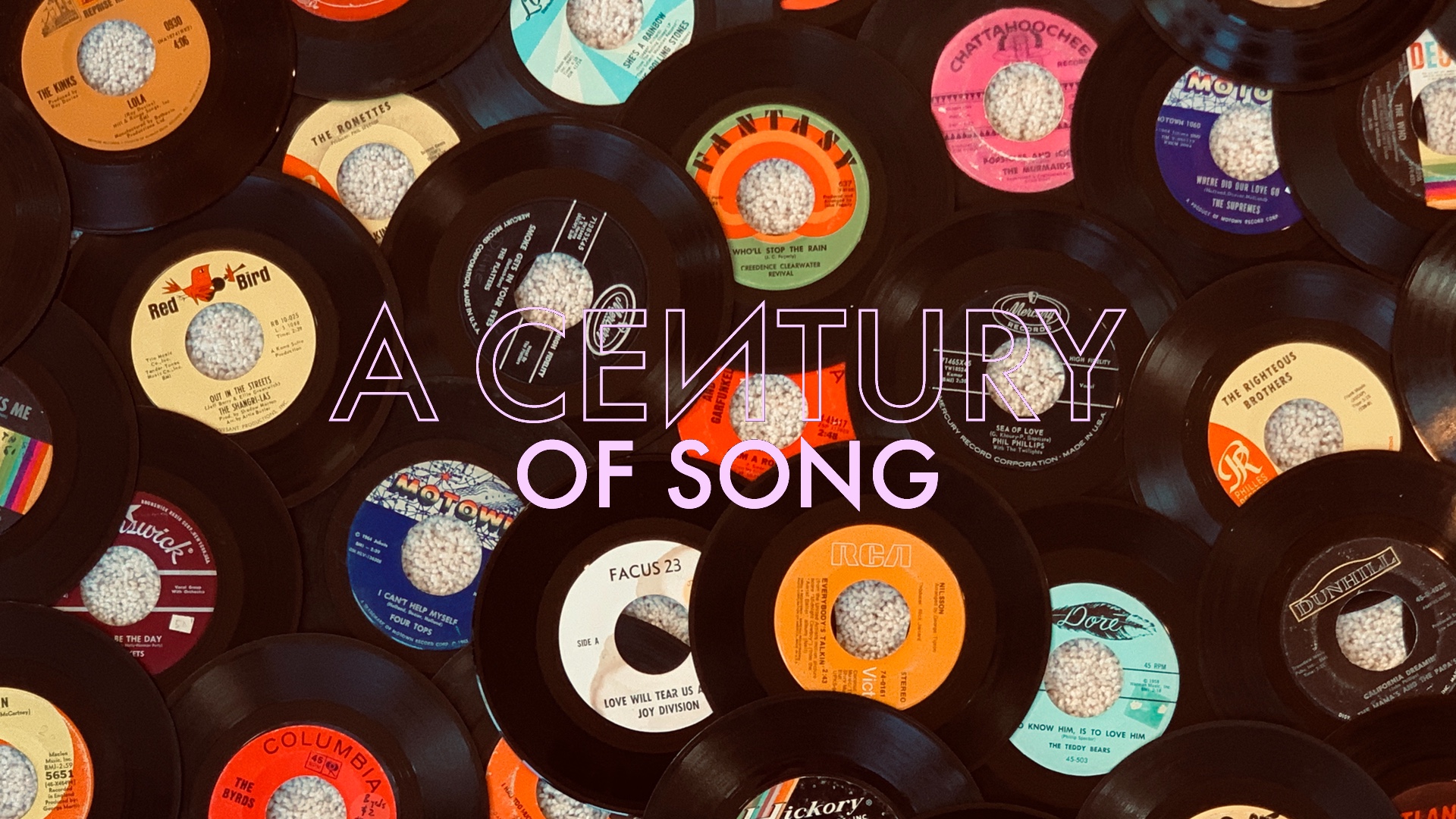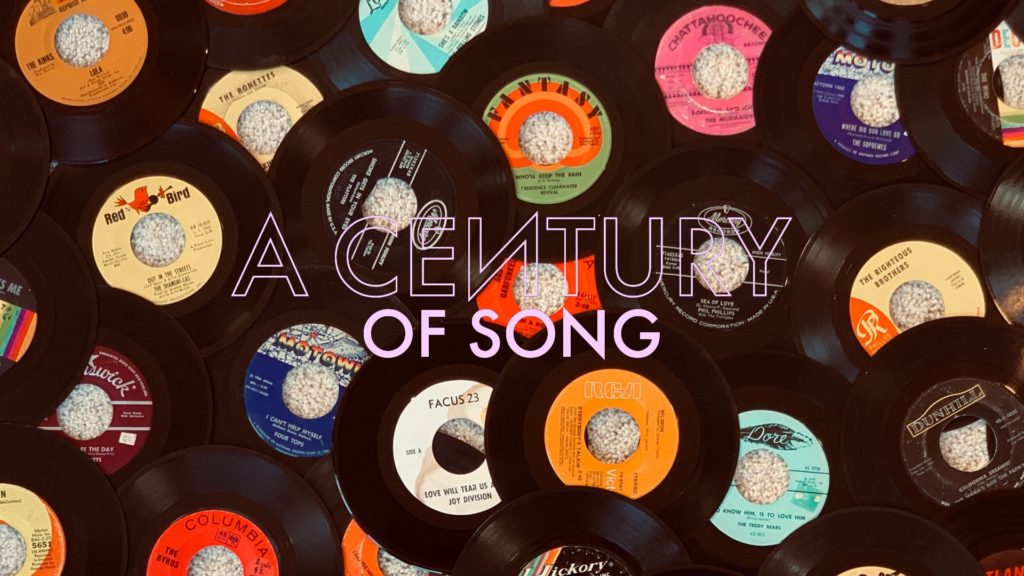
A Century of Song is an attempt to summarize 100 years of popular music through 1000 carefully chosen tracks. Included within this list are landmark singles, stellar album cuts, huge hits, hidden gems, and more than a few personal favorites. Read the introduction for the project here, and enjoy the embedded videos and Spotify playlist.
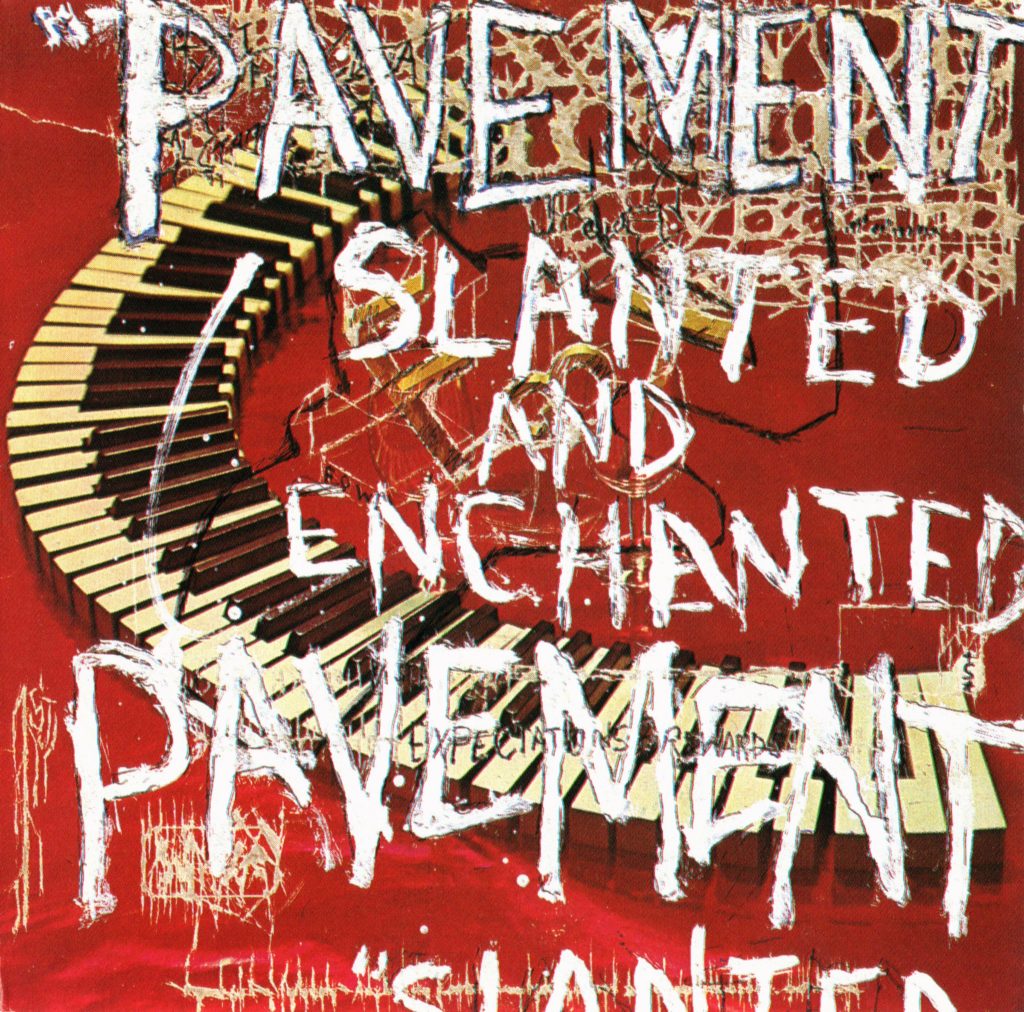
960
I generally consider myself to be someone with a good memory and decent eye for detail – especially when it comes to music. However, this track by one of my favorite bands represents a particularly persistent confabulation of mine. For twenty-one years, I was certain that it was called “In the Mouth of a Desert.” While that might not seem like a huge difference, in my mind it is.
Growing up in Arizona – in a family that regularly vacationed in Southern California – I developed a certain affinity for late-night travel across the Mojave Desert. There’s an intensely “dry” sound to the production of this track, emphasized by its stark arrangement, slow-burning guitar, and Stephen Malkmus’ frantic vocal delivery. To me, it was always a perfect aural representation of those overnight desert drives. It’s the sound of desperation and desolation. It’s the sound of being trapped in the mouth of a desert
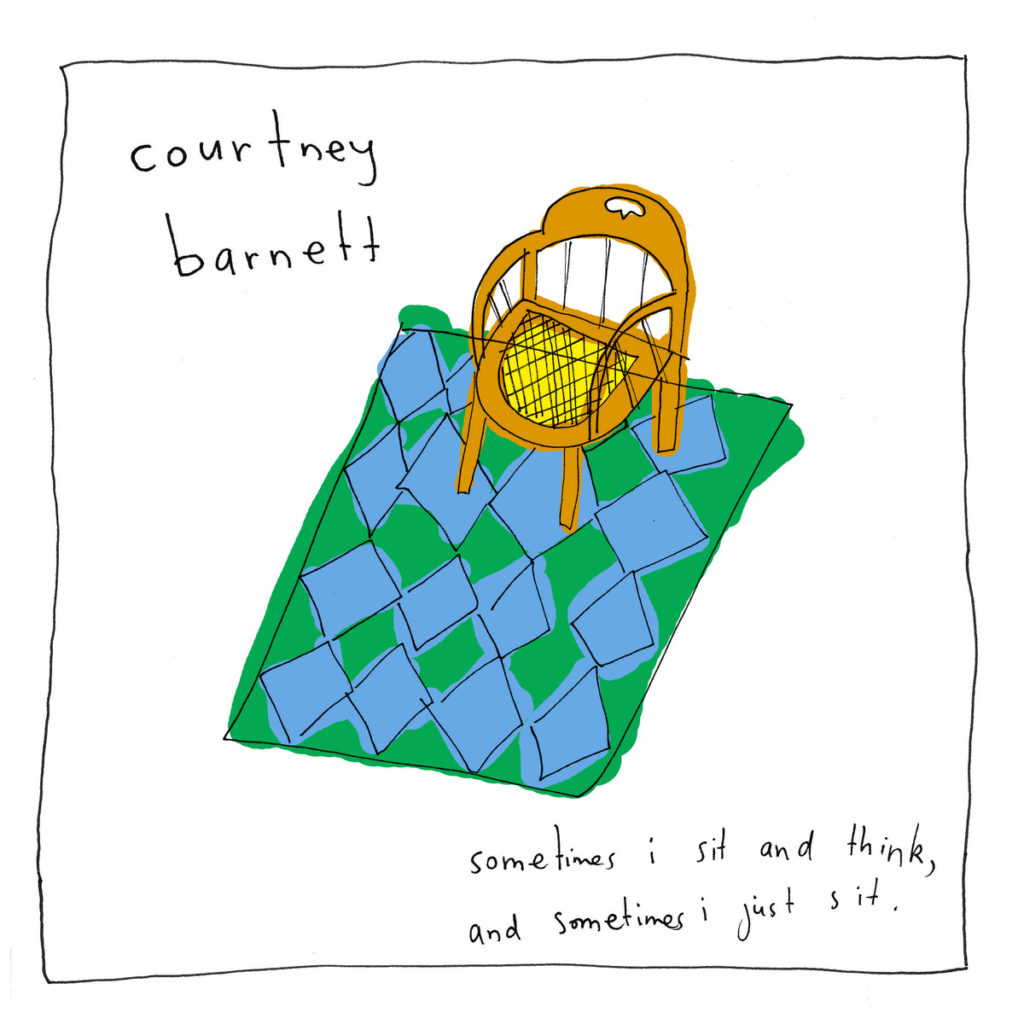
959
Courtney Barnett is one of many compelling female artists to arrive on the indie rock scene within the last decade. Barnett first drew critical attention for a pair of early EPs, and has seen her profile rise with the release of each of her two well-received solo records.
A highlight from Barnett’s excellent debut album, Sometimes I Sit and Think, and Sometimes I Just Sit, “Pedestrian at Best” finds the Australian singer-songwriter in clattering garage rock mode. The track has a raw quality that pairs well with Barnett’s sharply sarcastic writing, all without abandoning the introspective element that made her earlier work so endearing.
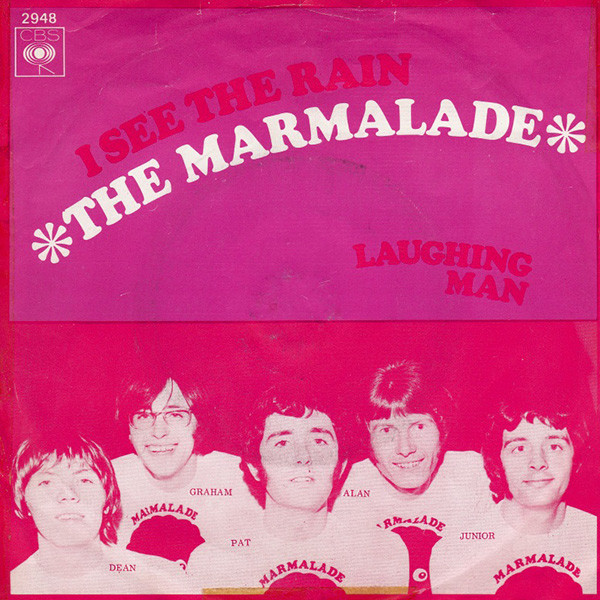
958
While The Marmalade are hardly a household name, the Scottish group had a reasonably successful and durable career, achieving chart placement well into the seventies, while weathering several lineup changes. Though it predated their most commercially successful work, this 1967 single is the group’s finest moment on record.
Reportedly a favorite of Jimi Hendrix, “I See the Rain” rides a laid back groove, and features excellent work from lead guitarist Junior Campbell, who co-wrote the song with vocalist Dean Ford. Campbell’s guitar solo, strong harmonies, and the decidedly stoned vibe of the lyrics and production make it a classic example of sixties psychedelia.
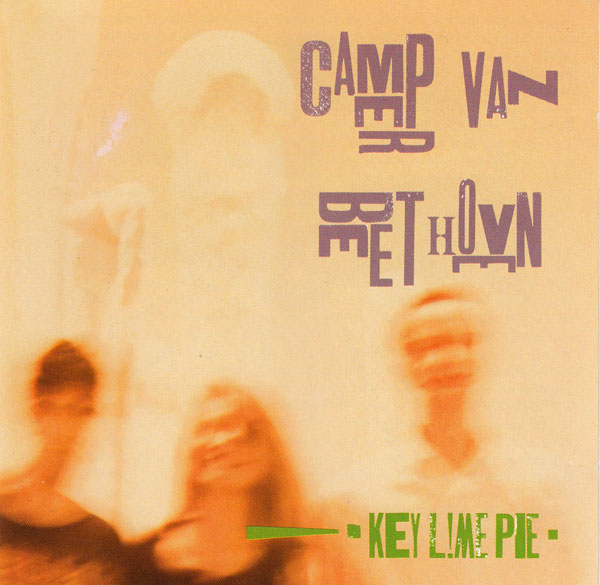
957
Though some of their quirkier moments gave Camper Van Beethoven a reputation for triviality, the Northern California band created a surprisingly varied and rewarding catalog during their initial run. Led by David Lowery – later of Cracker – the group reached their pinnacle on 1989’s excellent Key Lime Pie.
The centerpiece of that album, “All Her Favorite Fruit” is Camper Van Beethoven at their best. Lowery’s songwriting is descriptive in micro details, but remains intriguingly ambiguous when it comes to the song’s narrative big picture. He presents a series of dreamlike vignettes that seem to center upon a lost love, growing more descriptive with each verse as the music swells to more dramatic heights.
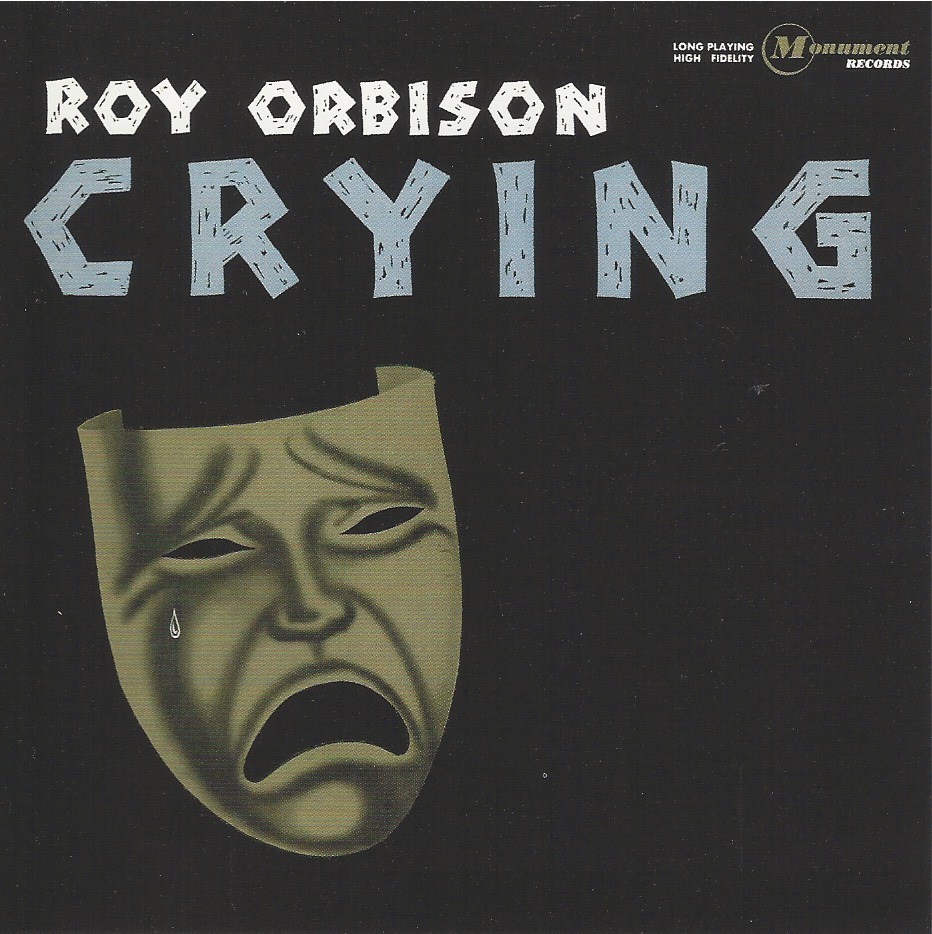
956
Roy Orbison was something of an anomaly among his generation of American musicians. Like Elvis Presley, Orbison began his career as a rockabilly artist on Sun Records. However, unlike most of his contemporaries, Orbison’s songs displayed a strong sense of vulnerability, and he would build his career on a series of slow-building ballads that dramatically displayed his remarkably operatic voice.
1961’s “Crying” is unquestionably one of the best of those ballads. The instrumental arrangement is perfectly handled by producer Fred Foster, who allows the song to take its time building to a crescendo that may seem inevitable, but is no less powerful in its predictability. While the lush orchestration is impressive, it’s Orbison’s voice that towers over the song, and makes it one of the most memorable singles of its time.

955
One of the most difficult bands in recent memory to categorize, Stereolab would ultimately craft a sound that mixed electronic music, krautrock, exotica, indie pop, lounge, and several other genres. If that wasn’t enough, Lætitia Sadier’s vocals regularly shift back and forth between English and French. Despite their eclectic influences, the London-based group has settled into a long and successful career.
One of the most evocative tracks in Stereolab’s catalog, “Pack Yr Romantic Mind” is a highlight of the band’s first great album, 1993’s Transient Random-Noise Bursts with Announcements. Combining warm vintage synths, murky electric guitar, and Sadier’s cryptic vocals, the song is hypnotic and mysterious. It’s a deeply intriguing track that should be a staple of late-night drive playlists.
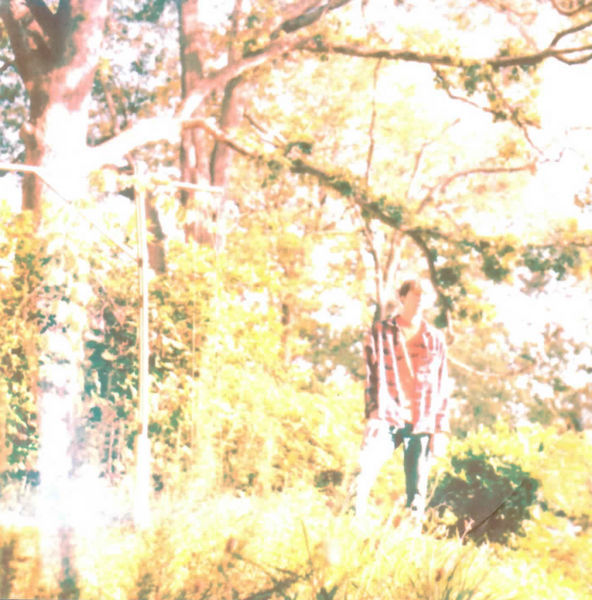
954
As his band Deerhunter became one of the most critically-acclaimed groups in modern indie rock, Bradford Cox continued to release music under the solo moniker Atlas Sound. While undoubtedly the work of the same artist, the Atlas Sound records found Cox trading in a more psychedelically dreamy mode than that of his main gig.
The highlight of 2009’s Logos, “Walkabout” saw Cox teaming up with Animal Collective member Noah Lennox – who was also on something of a winning streak himself – to create a track that rivals the best work from either artist. Borrowing a sample from The Dovers’ classic song “What Am I Going To Do,” “Walkabout” is a charmingly direct pop song from two artists who had built their careers straddling the line between experimentation and accessibility.
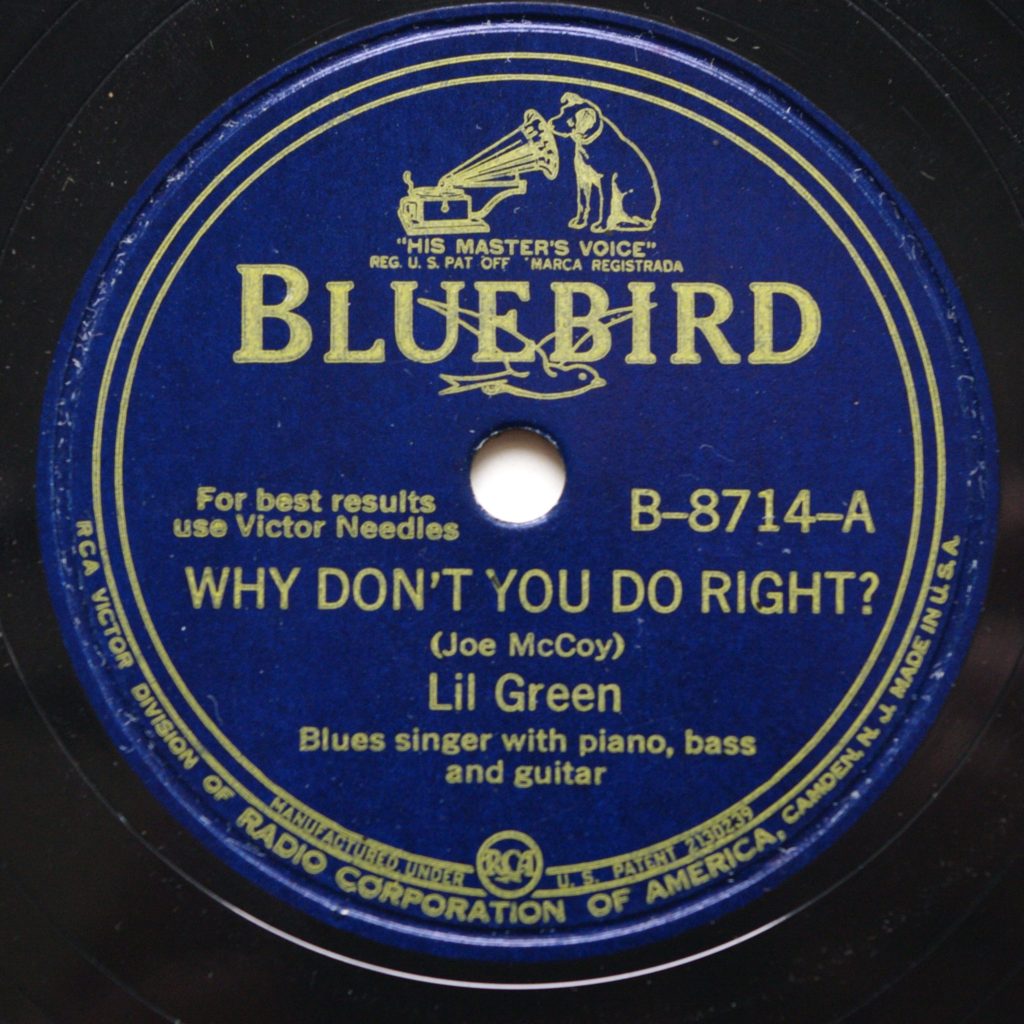
953
Adapted from a 1936 song by The Harlem Hamfats called “Weed Smoker’s Dream,” “Why Don’t You Do Right?” was first recorded by Lil Green and Big Bill Broonzy in 1941. While the original version – written by Hamfats member Kansas Joe McCoy – is an interesting novelty for its risqué subject matter, the reworking has become a blues standard.
Green and Broonzy had spent several years performing together on the nightclub circuit by the time they recorded “Why Don’t You Do Right?,” and their chemistry is readily apparent in this intimate recording. The track would become a big seller for Green, and a massive hit in the hands of Peggy Lee, who recorded her own take the following year.
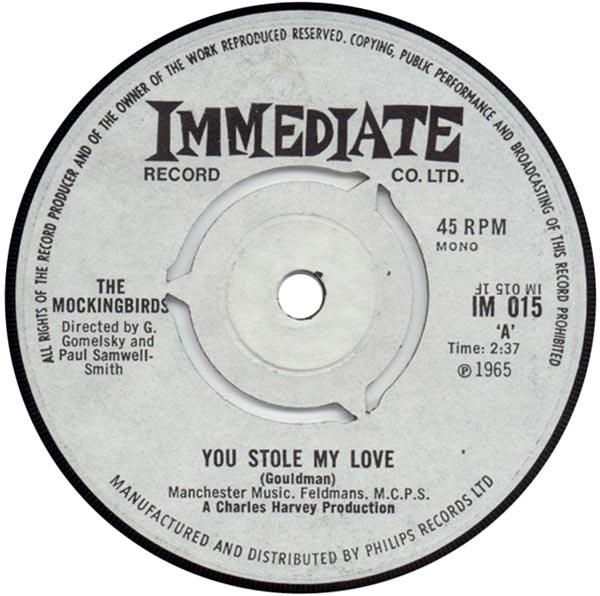
952
Featuring members of what would eventually become 10cc, The Mockingbirds formed in Manchester in 1964. While the group would never record a full-length LP, they released five singles before breaking up in 1966. By far their best-known track, the A-side of the band’s third single is a classic slice of British garage rock.
Though its lyrics are overdramatic at best – and misogynistic in their most literal reading – “You Stole My Love” packs several impressive elements into its sub-three-minute run-time. The track’s two main verse/chorus sections bookend a tempo-changing bridge that evokes country and western music in its twangy guitar and distant wordless vocal harmonies. That is followed by an intense instrumental build up that ultimately snaps the song back into its concluding section. It’s a surprisingly dense track from a short-lived group.
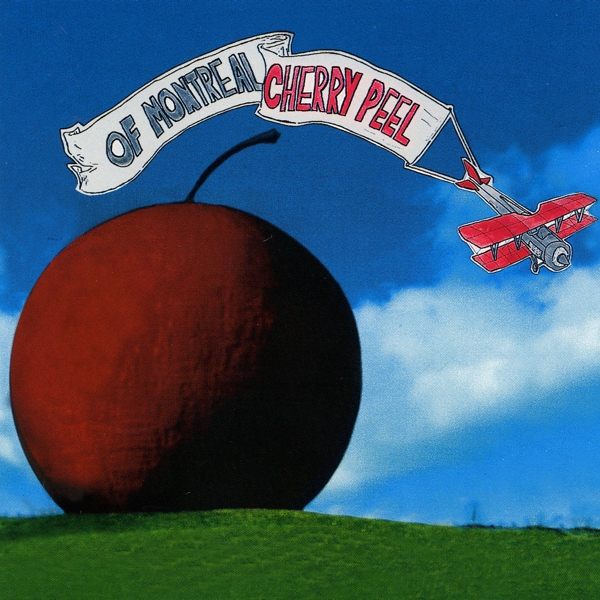
951
While Kevin Barnes’ of Montreal project has released several excellent albums over its twenty-five year existence – including at least one classic in 2007’s Hissing Fauna, Are You the Destroyer? – their single greatest track may be this relatively-unassuming song from their 1997 debut, Cherry Peel.
Of Montreal’s association with the Athens, Georgia-based Elephant 6 collective tips off Barnes’ affinity for sixties pop, which was particularly apparent in the group’s early work. “Don’t Ask Me to Explain” assembles a plethora of effervescent hooks into a remarkably infectious whole – one that trades the high-concept approach of Barnes’ later work for the simple pleasures of a catchy melody.
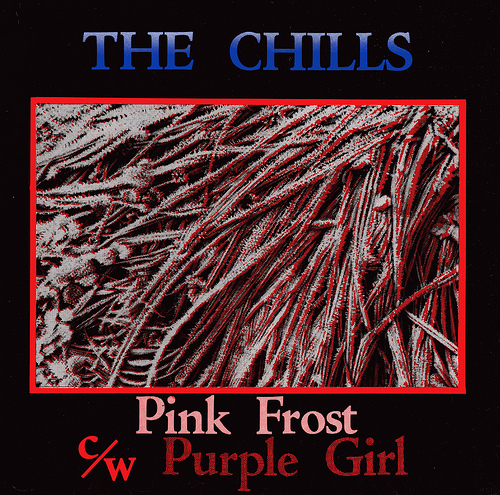
950
New Zealand doesn’t have a lot of presence on this list – The Clean had a couple of close calls – but this signature track from The Chills is a worthy representative for what has ultimately become known as the “Dunedin sound.”
“Pink Frost” is minimalist in its musical arrangement, which draws deeper attention to the song’s haunting lyrics. It’s a death song for certain, but the prevailing theory is that vocalist Martin Phillipps is describing the aftermath of a drug overdose. The lyrical details are relatively scarce, but their ambiguity only add more intrigue and tension to an already thoroughly compelling track.
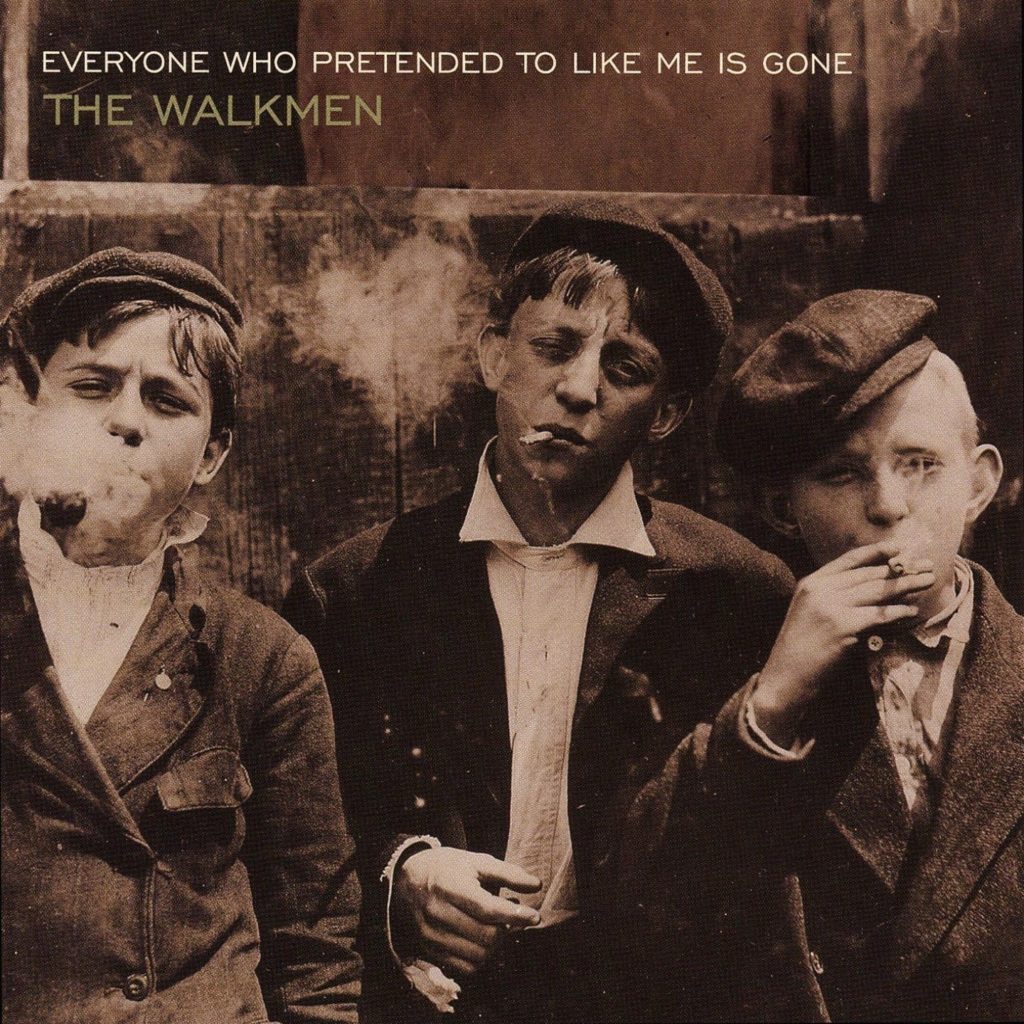
949
Not that it ever fades from view, but New York seems to reassert itself as the center of American rock music every few years. This was particularly true in the early-2000s, as bands like The Strokes, The Yeah Yeah Yeahs, and Interpol made post-9/11 NYC the scene of a media-hyped rock revival. In the great New York sweepstakes of 2002, I threw my support behind a scrappy underdog: The Walkmen.
Assembled by former members of Jonathan Fire*Eater, The Walkmen seemed to learn from the failed “next big thing” hype of their previous band. Over the course of a decade-long career, they would maintain a consistent lineup, avoid the inter-band drama of their contemporaries, and reliably turn out an excellent album every two years. Their debut, Everyone Who Pretended to Like Me Is Gone, found the band creating an atmospheric sound, largely built around a slightly-detuned upright piano.
It’s that piano that defines the album’s standout track, “We’ve Been Had.” Hamilton Leithauser’s ragged vocal finds him musing on nostalgia-based fads, and aimless young adulthood in the big city. It landed the band a soundtracking spot in a car commercial, which ultimately afforded the fledgling group the ability to record an even better follow-up album, with an even better standout track.
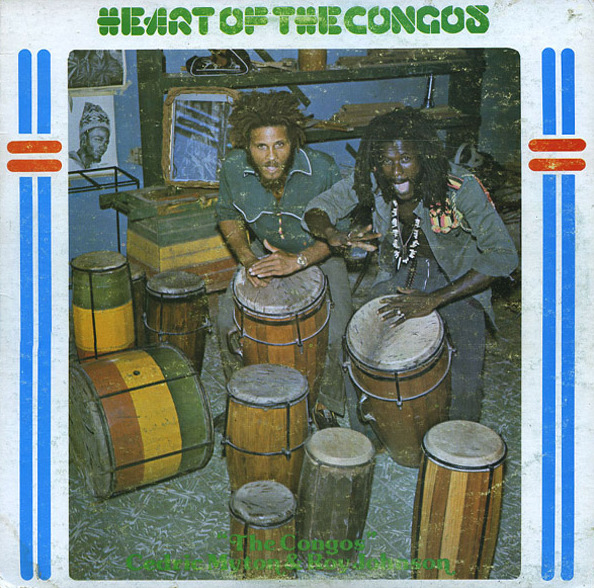
948
The Congos’ 1977 debut record, Heart of the Congos, is frequently-cited as one of the most essential albums from the roots reggae movement of the seventies. Produced by Lee “Scratch” Perry in his Black Ark studio, the album is a classic that highlights the stellar vocal work of Cedric Myton and Roydel Johnson.
The lead track from Heart of The Congos, “Fisherman” is one of Perry’s most masterful productions. Myron and Johnson’s harmonies are anchored by an inventive backing, courtesy of Black Ark’s excellent cast of regular supporting musicians. Of course, its Perry’s signature production flourishes that add his characteristic stamp and atmospheric depth.
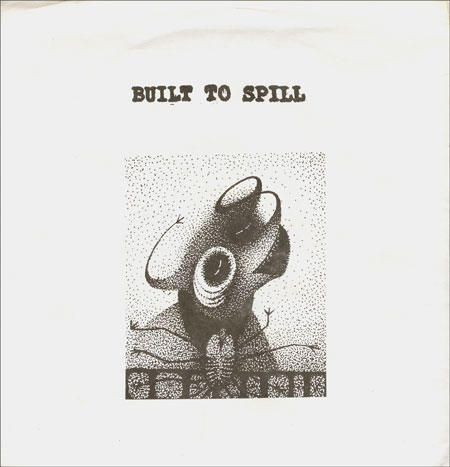
947
Formed in Boise, Idaho in 1992, Built to Spill have become an indie rock institution in their nearly three decades together. While the band is often noted for their winding jams – and Doug Martsch’s guitar work in particular – their greatest track is one of their most straightforward.
The highlight of 1994’s There’s Nothing Wrong With Love, “Car” finds Built to Spill bridging the gap between their pop impulses and their more expansive work, and creating a slacker anthem in the process. Martsch’s low-key vocals cast him in something of an underdog role, but the forceful instrumental mid-section of the song and its cello-augmented resolution give a glimpse into his more ambitious moments.
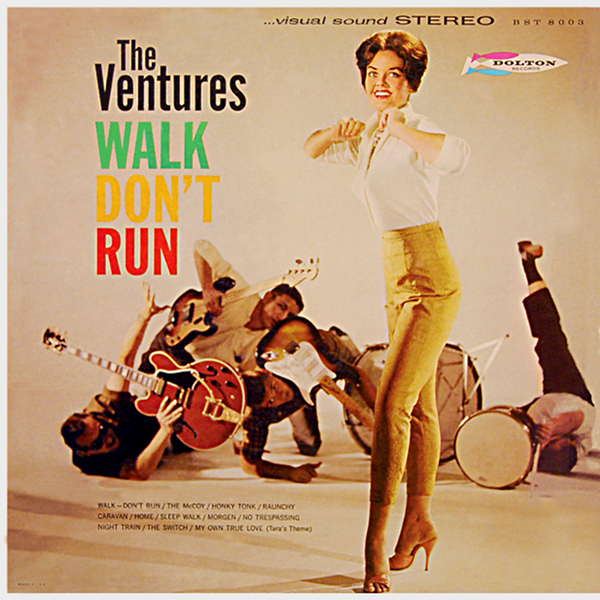
946
While “Walk Don’t Run” is most frequently associated with The Ventures, it was not originally composed or recorded by the Tacoma, Washington band. Written by jazz guitarist Johnny Smith in 1954, the song was first put to tape by Chet Atkins two years later. Atkins’ version is the one that inspired The Ventures’ take: a recording that would put the instrumental group on the map.
Though The Ventures were not explicitly a surf band, “Walk Don’t Run” helped to set the scene for the surf music craze of the early sixties. Bob Bogle’s lead guitar sound – heavy reverb and judicious use of his Fender Jazzmaster’s vibrato bar – would be copied by countless young players. So too would the beat of the drummer, Skip Moore, a studio session stand-in who collected $25 for his now-iconic part.
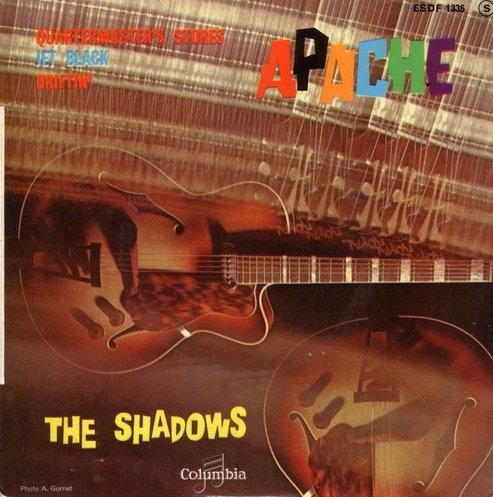
945
Released just a month prior to “Walk Don’t Run,” “Apache” would similarly lay the groundwork for the surf guitar sound of the early sixties. The signature track by the London-based group The Shadows, “Apache” would top the British charts in 1960, propelling the band to a run of similarly successful singles.
Written by composer Jerry Lordan – and inspired by the 1954 film of the same name – “Apache” showcases the impressive work of Shadows lead guitarist Hank Marvin. Marvin’s spacious sound would inspire many young guitarists, including several of those who would find stardom in the coming years of the British Invasion.
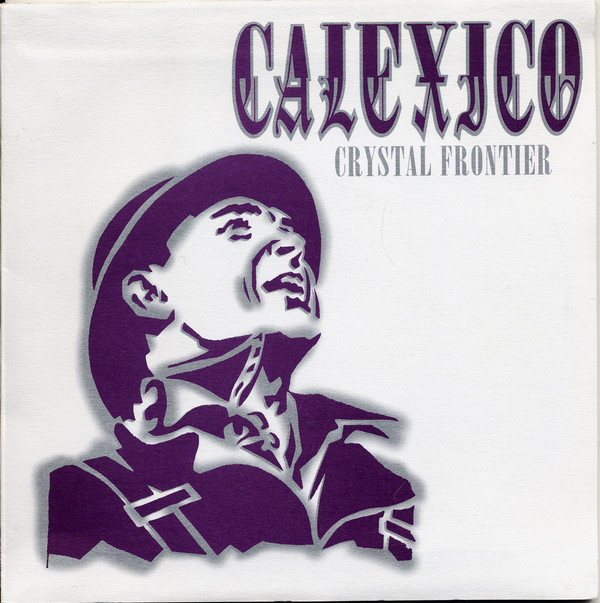
944
Like the border town for which they’re named, Calexico’s music is a representation of cross-cultural influences. Their blending of Latin, rock, jazz, and western music has given the band a distinctly evocative sound, allowing their founders Joey Burns and John Convertino to forge a durable career – not only with Calexico, but as backing musicians for a number of critically-acclaimed artists.
The Tucson group’s best track is a lush synthesis of their eclectic influences. “Crystal Frontier” blends the atmosphere of Calexico’s sparse soundscapes with the dynamism of their more anthemic moments, adding mariachi instrumentation to a modern rock backing. Burns’ lyrics comment on the political, economic, and social tensions between the United States and Mexico – immigration, cartel violence, and maquiladoras – adding a level of poignancy to the group’s sincere embrace of culture from both sides of a contentious border.
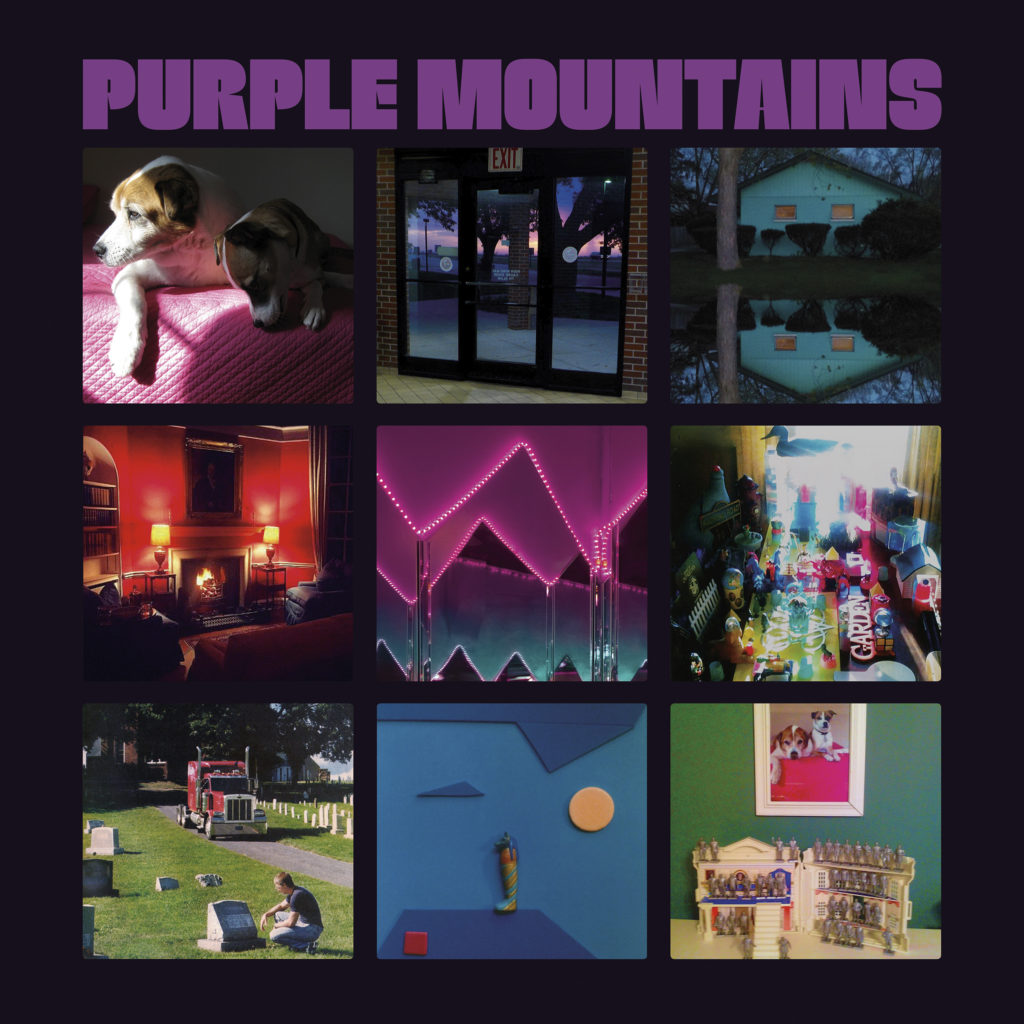
943
In 2009, poet-turned-musician David Berman announced that he was retiring from music, and ending his project Silver Jews, which had released six critically-acclaimed albums from 1994 to 2008. Berman spent a decade away from music. Much of that time found him struggling to come to terms with his history of addiction, separation from his wife, and his estranged father’s career as a lobbyist for the alcohol, tobacco, and gun industries. In 2019, Berman announced his return under a new moniker, Purple Mountains.
The resulting album, Purple Mountains, found Berman in fine voice as a songwriter – turning in his best collection of songs in at least two decades, if not ever. Arguably its most impressive track, “Nights That Won’t Happen” is lyrically poignant and musically lush, with its embellishments of vibraphone and Mellotron (the latter perhaps an even more sly Moody Blues reference than the song’s title). While unquestionably dark – along with much of the rest of the album – it seemed possible that Berman was emerging from tough times and looking toward a better future.
That future was not to be. Three weeks after the release of Purple Mountains, and just days before he was set to embark on a North American tour, Berman died by suicide. If this portending track was not already heartbreaking, it certainly became so.
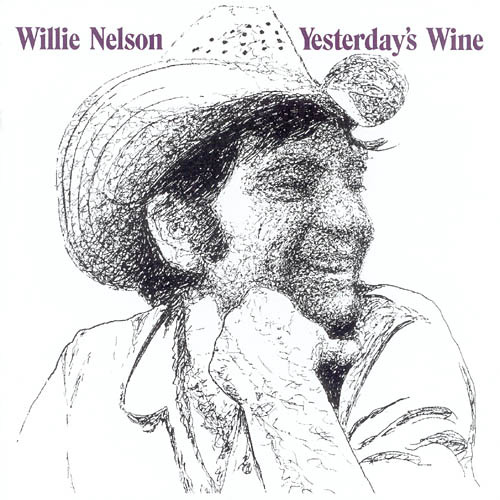
942
Willie Nelson is a national treasure: an iconic singer, a social activist, and the writer of some of the most timeless songs in the history of country music. One of his most endearing tracks, “Me and Paul” is a tribute to the friendship between Nelson and his drummer Paul English, and a fond recollection of their time together on the road.
“Me and Paul” is the highlight of 1971’s Yesterday’s Wine – a concept album that proved to be a turning point in Nelson’s career. The song plays on Nelson’s reputation as something of an outsider – both in the world of country music and elsewhere – but it continually returns to a refrain indicating that, in Paul English, Nelson had found a much-needed kindred spirit.
When Nelson wrote “Me and Paul” in 1971, the song seemed to be a reflection on his and English’s past. However, it would arrive relatively early on in a friendship that had many more miles ahead than behind. English played the drums in Willie’s band for over fifty years, before passing away at the age of 87.
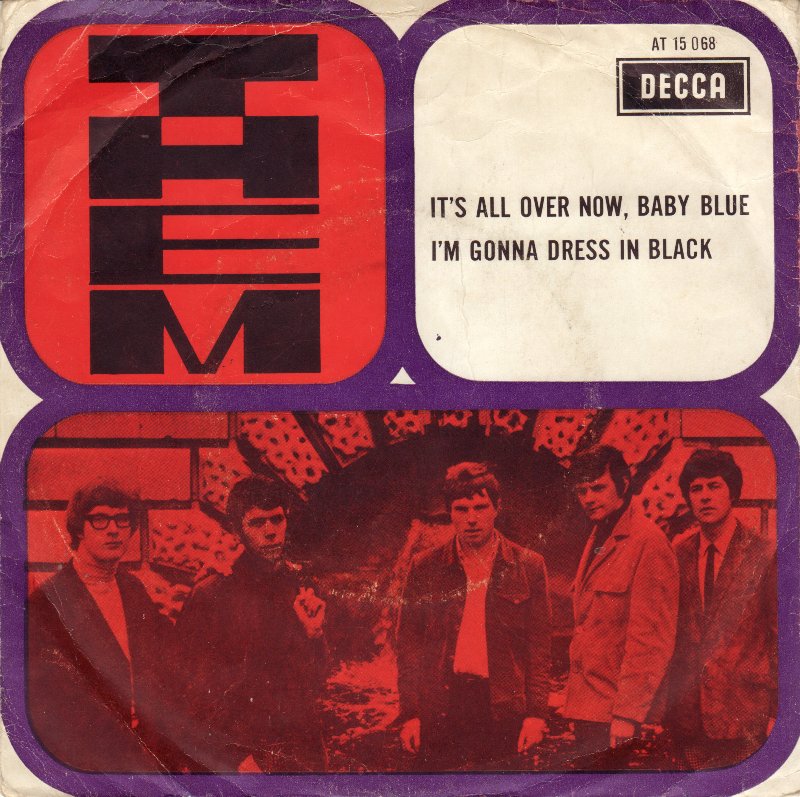
941
One of Bob Dylan’s most vivid songs, “It’s All Over Now Baby Blue” is a highlight of 1965’s masterful Bringing It All Back Home – the album that found Dylan first reaching the dizzying heights of his mid-sixties peak. While Dylan’s “Baby Blue” is cryptic and idiosyncratic, in some ways, this recording by the Belfast R&B combo Them surpasses the original take.
Defined by an ethereal arrangement, Them’s version of “It’s All Over Now Baby Blue” lends a musical curiosity that complements the song’s opaque lyrics. Van Morrison gives an impassioned reading that helps to draw out some of Dylan’s more direct lines and phrases, and the song slowly and subtly builds in intensity.
This mysterious version of “Baby Blue” stands at an intersection that involves three great songs: Dylan’s original; this take; and another track that masterfully samples this one. See if any of the others make the list in future installments.


